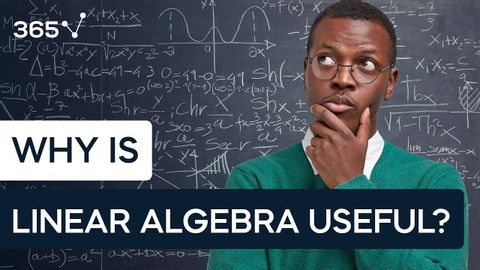線形代数はなぜ役に立つのか? (Why is Linear Algebra Useful?)
林宜悉 が 2021 年 01 月 14 日 に投稿  この条件に一致する単語はありません
この条件に一致する単語はありませんUS /saɪməlˈtenɪəslɪ/
・
UK /ˌsɪməl'teɪnɪəslɪ/
US /ˌɪntuˈɪʃən, -tju-/
・
UK /ˌɪntjuˈɪʃn/
- n. (c./u.)気持ち;分別ある判断力;意味
- v.t./i.(感覚器官で)感知する : 気づく;感じる
エネルギーを使用
すべての単語を解除
発音・解説・フィルター機能を解除

